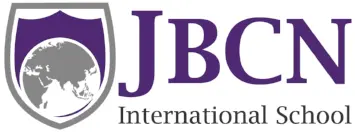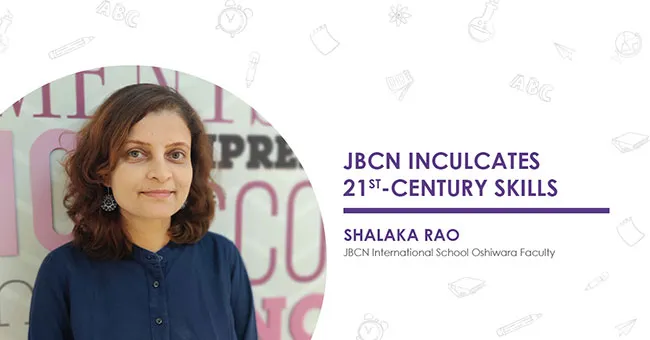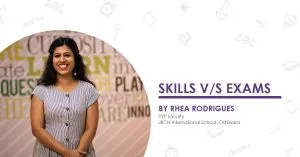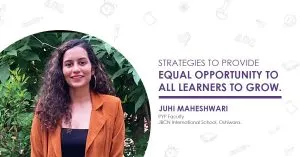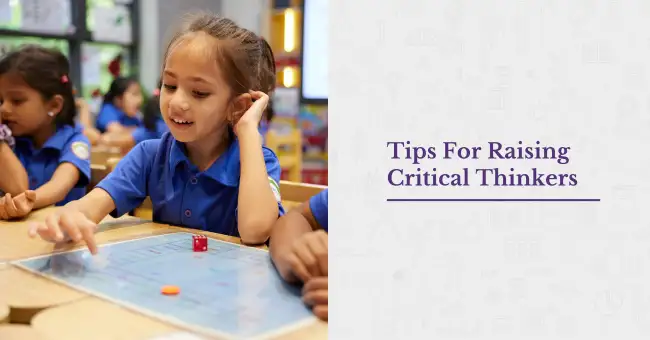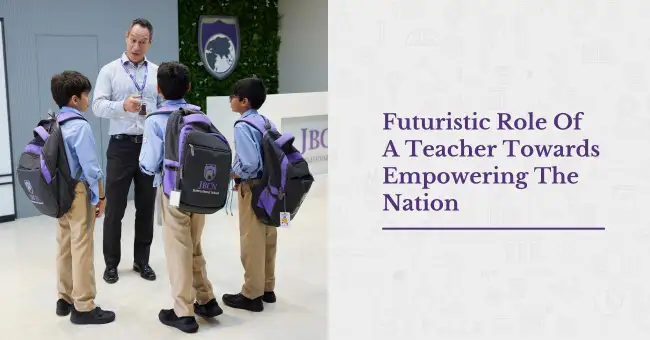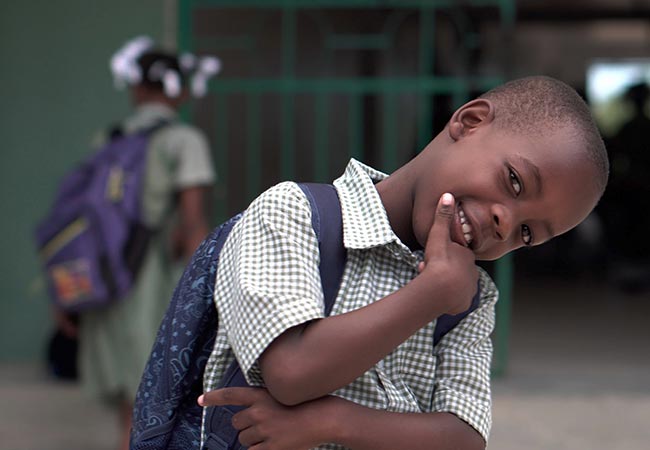
Then we hear “Attention please! “ which disturbs our comfort zone. It is a phrase that we have heard all our lives ..as children, as adults …wonder why ??? Attention is the key to any learning process. It’s a cognitive skill that can help children to adults to succeed in school, at work, and in their relationships. It is easy to pay attention to tasks that we enjoy and are exciting to us, whereas it is difficult to pay sustained attention to tasks that are not interesting to us. There are some attention strategies in the classroom that helps teachers to get attention of every student.
Paying attention depends on various factors ... physiological, emotional, social needs, age, interest, internal /external stimuli, environment, aspirations, etc.
It is important for us as teachers to focus on a few aspects of ‘Theory of Attention’ or attention strategies which can give us an insight into our learner's way of learning: -
- Limited and selective - A learner has a specific capacity of information that he can attend to at any given time. His interest, as well as the appeal of the presented content, will be the deciding factors for anything to be in the focus of attention.
- Can be captured or directed - In classrooms, whenever the teachers feel that learners are unable to focus they can always employ different strategies to bring back their attention, the older learners can monitor their own attention span.
So how do we grab and sustain attention as teachers in a classroom to maximize learning?
Following Are The Attention Strategies In The Classroom And Tips-
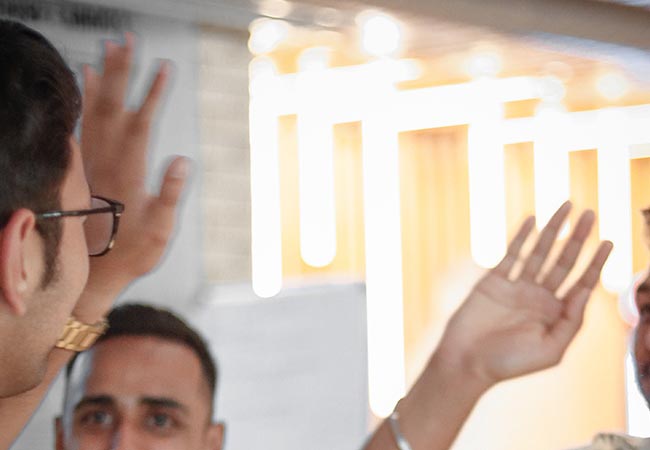
Clap-Response
Teacher claps in a rhythmic manner, students repeat the same. Teacher makes variations in her number of claps, students pay attention to the change in the number & rhythm of claps. It is followed by the children giving the same response.Class, Yes + Voice Modulation
Teacher says, “ Class class”. Students reply, “Yes yes”. Teacher modulates “ Class class” in different ways and students to match “Yes yes” accordingly.I Like To Move It Move It!
Teacher plays the audio of ‘I like to move it move it’ https://youtu.be/hdcTmpvDO0I Students are trained prior, to drop everything and perform a set of simple physical movements whenever they hear the above music.Ball Throw
This strategy encourages learners to listen, be alert, answer and avoid chorus responses. Once a teacher has asked a question, the student who is ready with the answer gives eye contact with the teacher, she then throws the ball to him. The student then throws the ball to his peer who wants to answer next and has given him eye contact.Control Thoughts
We can teach older learners to control their thoughts by being aware of what they are doing and refocus on the present. This is the main strategy to grab attention in the classroom.1-2-3 Eyes On
Teacher Calls out: 1-2-3 Eyes on me. Student’s response: 1-2 Eyes on you A teacher can add on claps/ jumps/ hand movement to the previous instruction, each time she gives the next instruction. Students to respond, ‘ 1-2 Eyes on you’ with the added instruction.You may find some more attention grabbers in the link below- https://drive.google.com/open?id=1fr0LMFQoRDSHTce1ey05kcyPxp-gmIjB
Hope you find these tips useful too. Let us know if you have any other strategies that work for you and your child in the comments below.
Written By Enrichment Cell
JBCN International School, Parel
